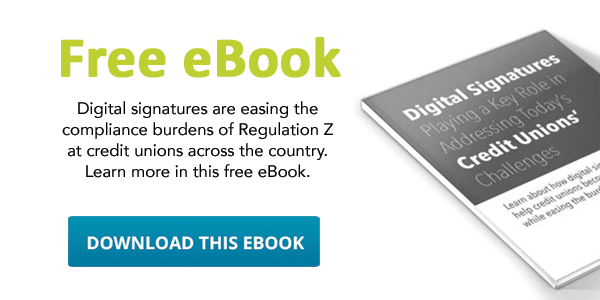By Steve Gibbs, CUCE, BSACS, AVP Shared Compliance, Credit Union Resources, Inc.
 Don’t put all your eggs in one basket. That’s basically what the people formulating Basel II were telling us. It’s far more complex. It’s no longer about just one ‘basket’ and those ‘eggs’ represent billions of dollars in loans, investments and deposits circulating through the U.S. financial system.
Don’t put all your eggs in one basket. That’s basically what the people formulating Basel II were telling us. It’s far more complex. It’s no longer about just one ‘basket’ and those ‘eggs’ represent billions of dollars in loans, investments and deposits circulating through the U.S. financial system.
We’ve come to recognize that concentration risk is our ‘basket’ and seen as the culprit in numerous financial industry fiascoes in the last thirty years. However, is the basket to blame when all of the eggs are broken, or is it those hands carrying the basket?
Effective management of this risk is the only way to protect our financial institutions and industry from Concentration Risk scenarios that occurred during the 1980’s with the Savings and Loan crisis as well as the recent erosion of value experienced in the mortgage-backed securities market due to poorly underwritten underlying mortgages. Only through recognizing, measuring and managing Concentration Risk can we avoid history repeating these costly disasters.
Any significant grouping of like or similar asset and/or liabilities can result in a “concentration.” Concentrations increase in risk proportional to their size. For example, if I have evenly distributed groups of assets, then it is more likely that my risk is also evenly distributed. The greater I increase any one of those asset groups, the greater risk I must assume for that group. Where are concentrations typically found? Everywhere!
- Loans:
- Type of collateral — residential real estate, member business, automobile (new or used)
- Lien — residential real estate
- Payment feature or term — member business
- Location — residential real estate, member business
- Exotic or non-traditional terms — residential real estate
- Rates (fixed or variable) — residential real estate
- Substandard — residential real estate
- Loan-to-Value (LTV) — residential real estate, member business
- Indirect — automobile
- To one borrower
- Participations — residential real estate, member business, automobile
- Lender originating
- Geographic area
- Deposits — term shares
- Callable borrowings
- Investments
- Type – treasuries, CDs, mortgage-backed (MBS)
- Underlying collateral — mortgages
Even third-party providers and services offered should not escape review for concentrations.
Once concentration risk has been determined, it must be measured or quantified. The first step is to determine how much of our portfolio is dependent on this single concentration. Is it 20%, 40% or even 60%? How volatile is this concentration? In the current environment, mortgages and mortgage backed securities are viewed as extremely volatile due to the shaky real estate market.
We may also consider placing more weight on any area that has historically demonstrated higher loss than other areas. Much of this information may be obtained through the internal information system. The value of this information is only as good as the detail and accuracy of that system. All of these factors merge to provide a risk rating system. Ideally, that system should be:
- Objective
- Sensitive to change (borrow and loan characteristics)
- Validated by independent review
Ultimately, the success or failure of our program is determined by how well it is managed. The process of review for concentration risk is ongoing, requires far-reaching knowledge of all operations and the ability to look beneath the surface to determine areas that are less noticeable. Management must implement an effective program consisting of:
- Comprehensive board policy that addresses the issue of concentration risk, sets limits, demonstrates its cohesiveness with the strategic plan
- Monitoring and due diligence
- Testing to include Scenario and Sensitivity analysis to determine the potential results of changing economic conditions on asset quality, earnings, and net worth
Given the recent news headlines depicting runaway problems in the financial industry it is no surprise that regulatory authorities will be looking specifically at this area. Those who wish to stay “ahead of the curve should:
- Educate appropriate staff their board as to all aspects of concentration risk
- Develop a policy and program that fits the size and complexity of their credit union
- Demonstrate and document due diligence in mitigating those risks
For more details on concentration risk see NCUA Supervisory Letter 10-CU-03 and its attachment.
%20formatted-1.png?width=2528&height=739&name=SIGNiX%20Logo%20Main%20(white)%20formatted-1.png)

